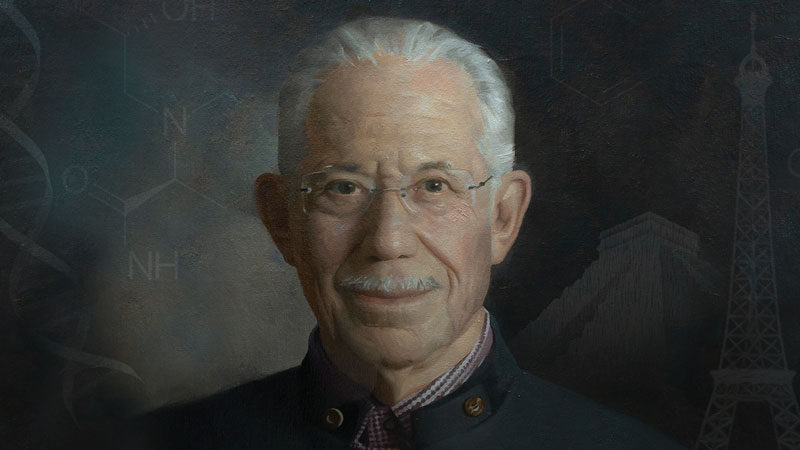Your Brain on Awe and Moments of Wonder
(Posted on Friday, September 5, 2025)
The Brain in Conversation with the Infinite
There are moments when the world seems to fall away: the hush of a forest after rain, the sweep of a symphony, the infinite sprawl of stars overhead. Poets call it awe. Mystics call it transcendence. Neuroscience, at last, is beginning to map what happens in the brain.
To explore this, researchers from UCLA studied nine healthy adults using a functional magnetic resonance imaging scanner while immersed in three different experiences: AI-generated art, sweeping scenes of nature, and cosmic imagery designed to prompt meditation on “universal connectedness,” the feeling of being one with everything.
The results revealed striking contrasts. Meditation ignited networks tied to recognition, sensation, and memory, weaving perception and self-awareness together. Nature quieted the brain, dialing down stress circuits while sharpening the visual cortex. Art provoked interest and stimulation but engaged fewer systems overall. Together, the three conditions offered a rare glimpse into how the brain enters states that blur the line between body, mind, and world.
Awe as a Biological Event
Each form of transcendence spoke its own neural dialect.
Nature soothed. Watching waterfalls, forests, and seashores not only activated visual regions but also reduced activity in areas linked to stress, emotion, and executive control. This aligns with what biologists call stress reduction theory: nature restores us not by exciting the brain, but by allowing it to stand down.
Art intrigued. Refik Anadol’s “machine hallucinations” are AI-generated videos created from large collections of natural images. Algorithms blend millions of photographs into shifting, dreamlike scenes that resemble landscapes, clouds, or organic forms but never resolve into anything familiar. These moving images sparked activity in visual processing hubs but did not reach deeper into memory or self-related areas. To the brain, they appeared as puzzles of light, color, and motion: stimulating, but bounded.
Meditation expanded. When participants contemplated a cosmic “universal soul,” their brains showed heightened activation in the fusiform gyri (object recognition), postcentral gyri (bodily sensation), and hippocampus (memory). Meditation engaged both perception and introspection, weaving them into a state that felt larger than the sum of its parts.
The study suggests that awe is more than a passing feeling. Experiences of wonder leave fingerprints on the brain, engaging systems for sensation, memory, and self-awareness. In much the same way that hunger sculpts the networks of appetite, transcendent moments may shape the networks through which we find meaning. From this perspective, art, nature, and meditation are not indulgences. They are practical tools the brain uses to reset its balance between attention, stress, and reflection, every bit as vital to well-being as food or exercise.
A Neuroscience of Transcendence
What emerges from this research is a reminder that the human brain is not designed only to endure, but also to reach beyond itself. Encounters with beauty, wilderness, or the vastness of meditation pull us into states where the line between self and world becomes less clear. These experiences are not just cultural rituals; they are biological events that leave their mark on the nervous system.
The real challenge is applying this knowledge. Could hospitals weave in restorative art and natural light as part of treatment? Could schools and workplaces carve out spaces for quiet contemplation as intentionally as they do for efficiency? If so, transcendence might be treated not as a rare luxury, but as an everyday resource for resilience. And when we find ourselves most immersed, whether in music, landscape, or silence, the brain may be quietly stitching together perception, memory, and emotion into something stronger, more flexible, and more whole.

